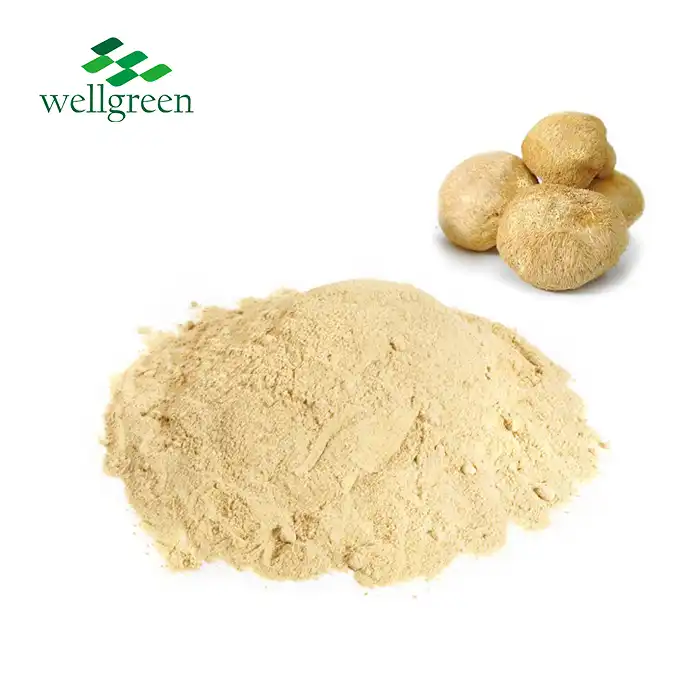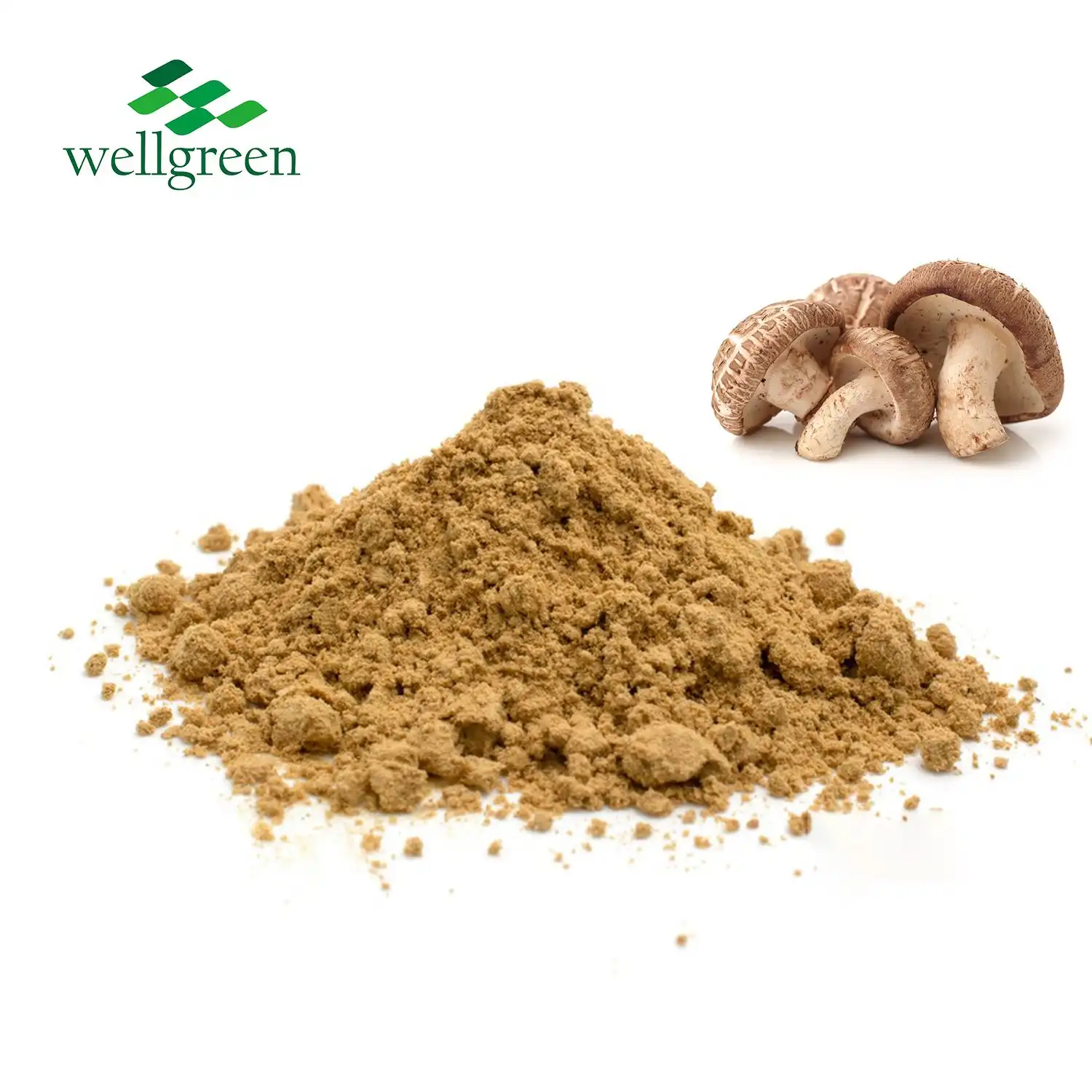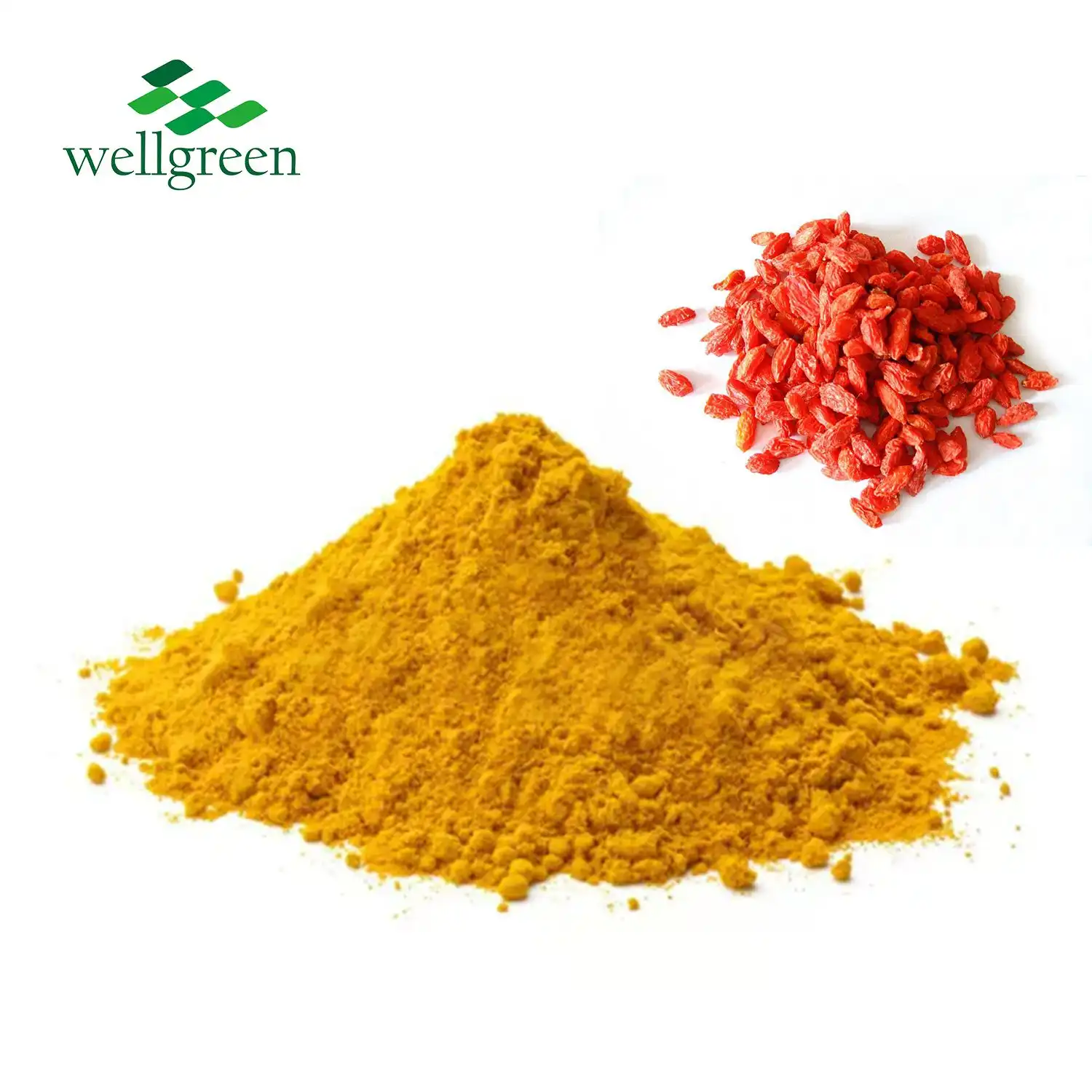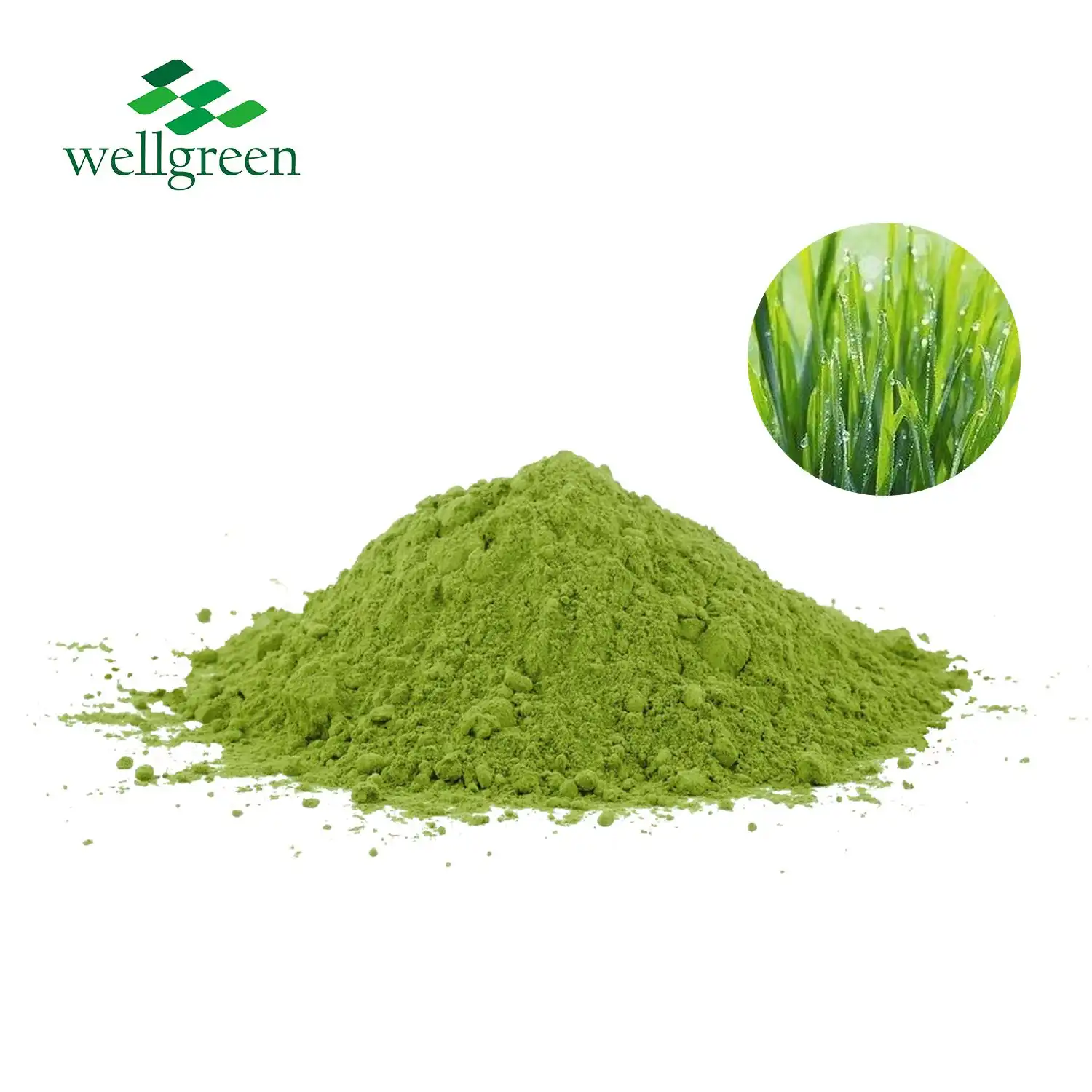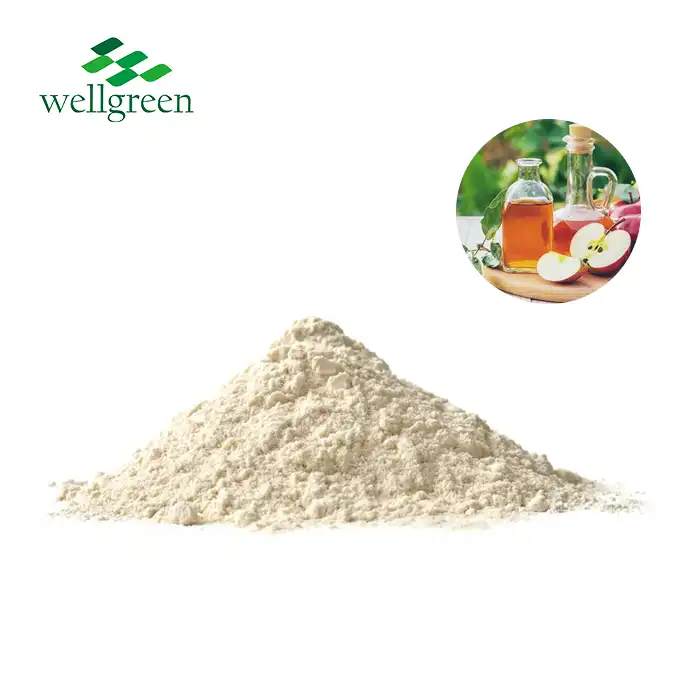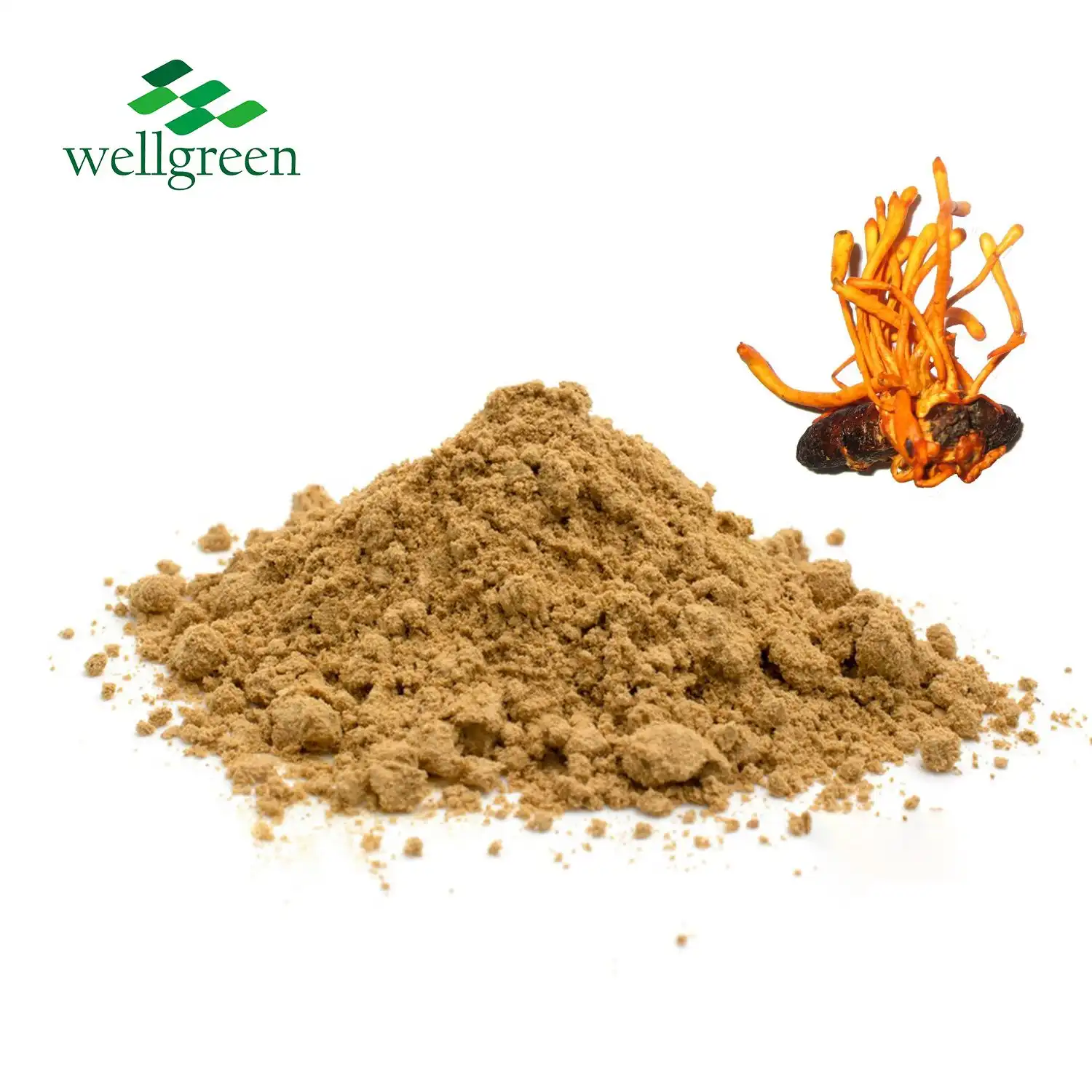Does Strawberry Powder Retain Antioxidants?
2025-08-07 13:39:39
Yes, strawberry powder does retain antioxidants, making it a potent source of these beneficial compounds. The process of creating strawberry powder, particularly through freeze-drying methods, preserves a significant amount of the antioxidants found in fresh strawberries. This includes polyphenols, anthocyanins, and vitamin C, which are known for their health-promoting properties. While some minimal loss of antioxidants may occur during processing, research indicates that strawberry powder maintains a high antioxidant capacity. This preservation of antioxidants makes strawberry powder an excellent option for those looking to incorporate the nutritional benefits of strawberries into their diet in a convenient, shelf-stable form.

How does the Drying Method Affect Antioxidant Levels?
The drying method used to create strawberry powder plays a crucial role in determining the final antioxidant content. Different techniques can lead to varying degrees of antioxidant retention, with some methods proving more effective than others in preserving these valuable compounds.
Freeze-Drying: The Gold Standard
Freeze-drying, also known as lyophilization, is widely considered the superior method for preserving antioxidants in strawberry powder. This process involves freezing the strawberries and then removing the ice through sublimation, which occurs under vacuum conditions. The low temperatures and absence of liquid water during freeze-drying help protect the delicate antioxidant compounds from degradation.
Studies have shown that freeze-dried strawberry powder retains up to 90% of the antioxidants found in fresh strawberries. This high retention rate is due to the minimal exposure to heat and oxygen during the drying process, which are primary factors in antioxidant degradation.
Spray-Drying: A Balanced Approach
Spray-drying is another common method used to produce strawberry powder. In this process, strawberry puree or juice is atomized into fine droplets and exposed to hot air, rapidly evaporating the moisture. While spray-drying is more cost-effective than freeze-drying, it does involve heat exposure, which can lead to some antioxidant loss.
However, the rapid nature of spray-drying helps mitigate this loss. Research indicates that spray-dried strawberry powder can retain 70-80% of its original antioxidant content, making it a viable option for producing antioxidant-rich powders.
Air-Drying: Traditional but Less Effective
Air-drying is a traditional method that involves exposing strawberries to warm air for extended periods. While this technique is simple and inexpensive, it results in the most significant loss of antioxidants among the common drying methods.
The prolonged exposure to heat and oxygen during air-drying can lead to substantial degradation of antioxidants, with some studies reporting retention rates as low as 50%. Despite this, air-dried strawberry powder still contains appreciable levels of antioxidants and can be a more accessible option for some producers.
Stability of Polyphenols in Powdered Strawberries
Polyphenols, a class of antioxidants abundant in strawberries, are known for their health-promoting properties. Understanding the stability of these compounds in strawberry powder is crucial for assessing the product's long-term nutritional value.
Factors Influencing Polyphenol Stability
Several factors can affect the stability of polyphenols in strawberry powder:
- Temperature: Higher storage temperatures can accelerate polyphenol degradation.
- Moisture: Exposure to moisture can lead to chemical reactions that break down polyphenols.
- Light: UV radiation can cause photodegradation of certain polyphenols.
- Oxygen: Oxidation reactions can diminish polyphenol content over time.
Proper packaging and storage conditions are essential for maintaining polyphenol stability in strawberry powder. Vacuum-sealed, opaque containers stored in cool, dry environments offer the best protection against these degradative factors.
Long-Term Stability Studies
Research on the long-term stability of polyphenols in strawberry powder has yielded promising results. One study examining freeze-dried strawberry powder stored for 12 months at room temperature found that total polyphenol content decreased by only 8% over the entire period. This remarkable stability is attributed to the low moisture content and protective matrix of the powder.
Another investigation focused on specific polyphenol compounds in strawberry powder. It revealed that while some compounds like anthocyanins showed moderate decreases over time, others like ellagic acid remained highly stable, with minimal losses even after extended storage periods.
Enhancing Polyphenol Stability
Innovative techniques are being developed to further enhance the stability of polyphenols in strawberry powder:
- Microencapsulation: This involves encasing polyphenol molecules within protective materials, shielding them from environmental factors.
- Addition of natural stabilizers: Certain compounds, like ascorbic acid, can be added to strawberry powder to protect polyphenols from oxidation.
- Modified atmosphere packaging: Replacing oxygen with inert gases in the packaging can significantly reduce oxidative degradation of polyphenols.
These advancements are promising for the development of strawberry powders with enhanced polyphenol stability, potentially extending shelf life and preserving nutritional value for longer periods.

Comparing Fresh Strawberries vs. Powder in Antioxidant Capacity
When considering the nutritional value of strawberry powder compared to fresh strawberries, antioxidant capacity is a key factor. Both forms offer significant health benefits, but their antioxidant profiles can differ due to processing and storage methods.
Concentration Effect in Strawberry Powder
One of the most notable differences between fresh strawberries and strawberry powder is the concentration of nutrients. During the drying process, water is removed from the fruit, resulting in a concentrated form of the original strawberry. This concentration effect means that by weight, strawberry powder often contains higher levels of antioxidants than fresh strawberries.
For example, a study comparing freeze-dried strawberry powder to fresh strawberries found that the powder contained up to 10 times more antioxidants per gram. This concentration allows for smaller serving sizes of powder to deliver equivalent or even greater antioxidant doses compared to fresh fruit.
Bioavailability Considerations
While strawberry fruit powder may have a higher concentration of antioxidants, it's essential to consider bioavailability – how efficiently the body can absorb and utilize these compounds. Some research suggests that the drying process can alter the structure of certain antioxidants, potentially affecting their bioavailability.
However, other studies have shown that the bioavailability of some antioxidants, particularly polyphenols, may actually be enhanced in powdered form. The breakdown of cell walls during processing can make these compounds more accessible to digestive enzymes, potentially increasing their absorption in the body.
Practical Aspects of Antioxidant Consumption
When comparing fresh strawberries to strawberry powder, practical considerations come into play:
- Seasonality: Fresh strawberries are often only available seasonally, while powder can be used year-round.
- Shelf life: Strawberry powder has a significantly longer shelf life, allowing for consistent antioxidant intake over time.
- Versatility: Powder can be easily incorporated into a wide range of foods and beverages, potentially increasing overall antioxidant consumption.
These factors can make strawberry powder a more convenient and consistent source of antioxidants for many consumers, potentially leading to higher overall antioxidant intake compared to relying solely on fresh strawberries.
Conclusion
Organic strawberry fruit powder indeed retains a significant amount of antioxidants, making it a valuable addition to a healthy diet. The drying method, particularly freeze-drying, plays a crucial role in preserving these beneficial compounds. While fresh strawberries offer their own unique benefits, the concentrated nature and stability of antioxidants in strawberry powder provide a convenient and potent alternative. As research continues to unveil the full potential of strawberry powder, it stands as a promising ingredient for those seeking to boost their antioxidant intake year-round.
Contact Us
For high-quality organic strawberry fruit powder and other plant extracts, contact Xi'an wellgreen at wgt@allwellcn.com. Our GMP-certified facility ensures premium products with complete certifications, fast delivery, and comprehensive testing support.
References
1. Giampieri, F., Alvarez-Suarez, J. M., & Battino, M. (2014). Strawberry and human health: Effects beyond antioxidant activity. Journal of Agricultural and Food Chemistry, 62(18), 3867-3876.
2. Nowicka, A., Wojdyło, A., & Lech, K. (2019). The influence of drying methods on the bioactive compounds, antioxidant capacity and colour of strawberry powders. Food Chemistry, 270, 299-308.
3. Patel, K., & Patel, D. K. (2020). The effect of various drying techniques on the retention of polyphenols in strawberries: A comparative review. Food Research International, 132, 109108.
4. Zheng, J., Zhou, Y., Li, S., Zhang, P., Zhou, T., & Xu, D. P. (2016). Effects of processing on antioxidant activity of fruits and vegetables: A review. Trends in Food Science & Technology, 55, 13-22.
5. da Silva Pinto, M. (2013). Phenolic compounds and antioxidant capacity of strawberry fruit, pulp, and processed products. Journal of Functional Foods, 5(4), 1652-1670.
6. Caliskan, G., & Dirim, S. N. (2017). The effect of different drying processes and the amounts of maltodextrin addition on the powder properties of sumac extract powders. Powder Technology, 305, 477-485.

